Shethund vs. Tosa: Breed Differences and Similarities
Hypoallergenic
Are Shethunds or Tosas hypoallergenic, or neither?
Unfortunately, neither Shethund nor Tosa are hypoallergenic, which may not make them the best choice for dog lovers who suffer from pet allergies.
Origin
What is the origin of Shethund and Tosa dog breeds?
United States
Japan
Ancestry
What are the origins of Shethund and Tosa breeds?
Shetland Sheepdog and Dachshund
Kocki, Shikoku, Mastiff, German Pointer, St. Bernard
Date of Birth
When were Shethund and Tosa breeds first developed?
2000's
1800s
Eye Color Possibilites
What are the eye colors of Shethund and Tosa dogs?
Blue
Brown
Brown
Nose Color Possibilites
What are the natural nose colors of Shethund and Tosa?
Black
Black
Coat Color Possibilites
What are the natural colors of the coat for Shethund and Tosa breeds?
Black
Brown
Cream
Sable
Blue
White
Fawn
Red
Brindle
Black
Coat Length
What is the typical coat length for Shethund and Tosa breeds?
Shethunds have medium-length coats.
Tosas have coats that can be either short or medium in length.
Coat Density
What is the density of the coat of Shethund and Tosa?
Coat Texture
What is the hair texture of Shethund and Tosa?
Straight
Litter Size
What is the usual litter size for Shethund and Tosa?
A Shethund can have a litter of 4-8 puppies on average. However, it's worth noting that the size of the litters can vary greatly. Factors that can influence litter size include the health of the mother, breeding history, and genetics.
A Tosa can have a litter of 10-12 puppies on average. However, it's worth noting that the size of the litters can vary greatly. Factors that can influence litter size include the health of the mother, breeding history, and genetics.
Major Concerns
What are the major health concerns for Shethund and Tosa breeds?
Intervertebral Disc Disease
Deafness
Dermatomyositis
Von Willebrand's Disease
Acanthosis Nigricans
Collie Eye Anomaly (CEA)
Patent Ductus Arteriosus (PDA)
Hip Dysplasia
Gastric Dilation Volvulus (GDV) or Bloat
Minor Concerns
What minor health issues should be kept in mind when owning Shethund and Tosa?
Demodicosis
Cataracts
Mono/Bilateral Cryptorchidism
Microphthalmia
Ehlers-Danlos Syndrome
Progressive Retinal Atrophy (PRA)
Canine Cushing’s Disease
Joint Dysplasia
Urolithiasis
Eye Problems
Occasional Tests
What occasional tests are recommended for Shethund and Tosa breeds?
Brain Auditory Evoked Response (BAER)
Internal Imaging (x-ray, CT scan, MRI, etc.)
Blood And Urine Analysis
Ear Tests and Myringotomy Tests
Blood Sugar and Thyroid Tests
Yearly Physical Examination
Full Chemistry Panel Tests and Blood Count
Eye Examinations (both internal as well as external)
X-rays of various parts of the skeletal system
Dental and Oral Examinations
Echocardiography (ultrasound)
OFA
CERF
X-Rays
Full Physical Examination
Past times
What are some enjoyable activities and ways to keep Shethund and Tosa entertained?
Fetch, Walk, Play, Snuggle
Cuddling, Chasing stick, Going on drives, Going on walks, Photo shoots, Playing, MAJOR cuddler
Activity Level
Which breed has higher energy, Shethunds or Tosas?
Shethunds are high-energy dogs. They need mental as well as physical exercise. These dogs require a lot of your involvement and without it they can, and will, become problematic dogs.
Tosas are medium-energy dogs and typically enjoy socializing and playing casual or even sustained games of chase with other dogs. They may also have occasional periods of barking or racing around the house.
Walks per Week
How many miles should Shethund or Tosa walk each week?
There's really no limit to how far you walk your dog as long as they're comfortable. For Shethund, it's at least 7 miles / week. Just remember to build distance and stamina gradually over time.
There's really no limit to how far you walk your dog as long as they're comfortable. For Tosa, it's at least 10 miles / week. Just remember to build distance and stamina gradually over time.
Activity per Day
Do Shethunds or Tosas require more exercise?
In general most Shethunds usually need at least 90 minutes of exercise daily. This can be spread across the day and include all sorts of high-energy activities, like walking, running and playing.
In general most Tosas usually need at least 60 minutes of exercise daily. This can be spread across the day and include all sorts of high-energy activities, like walking, running and playing.
Brushing Frequency
What is the recommended brushing frequency for Shethund and Tosa dogs?
Shethund and Tosa should be brushed at least once a week. Of course, you can give them more frequent brushes if you find that they are still shedding a lot.
Brushing Tools
What brushing tools are used for Shethunds and Tosas?
Pin Brush
Slicker Brush
Deshedder
Nail Clipper
Slicker Brush
Nail Clipper
Cups
How much food should be given to Shethund or Tosa in cups?
For an average 10-18 pound (5 - 8 kg) Shethund feed 1 cups daily. But, keep in mind, the amount you feed is going to be dependent on the quality of the food you are feeding.
For an average 120-170 pound (54 - 77 kg) Tosa feed 4 cups daily. But, keep in mind, the amount you feed is going to be dependent on the quality of the food you are feeding.
Daily Cost
Which breed has a higher daily cost, Shethund or Tosa?
The average cost of a Shethund is somewhere $1.10 - $1.40 per day.
The average cost of a Tosa is somewhere $3.90 - $4.20 per day.
Monthly Cost
Which breed has a higher monthly cost, Shethund or Tosa?
The average per month expenses of a Shethund is between $35 - $42. This makes an average of $420 - $504 per year. It will be on the higher side when the dog is still small because it will need more frequent visits to the vet, shots.
The average per month expenses of a Tosa is between $112 - $126. This makes an average of $1344 - $1512 per year. It will be on the higher side when the dog is still small because it will need more frequent visits to the vet, shots.
Compare Shethund with other breeds

Miniature Bulldog
Shethund vs Miniature Bulldog

English Bullweiler
Shethund vs English Bullweiler
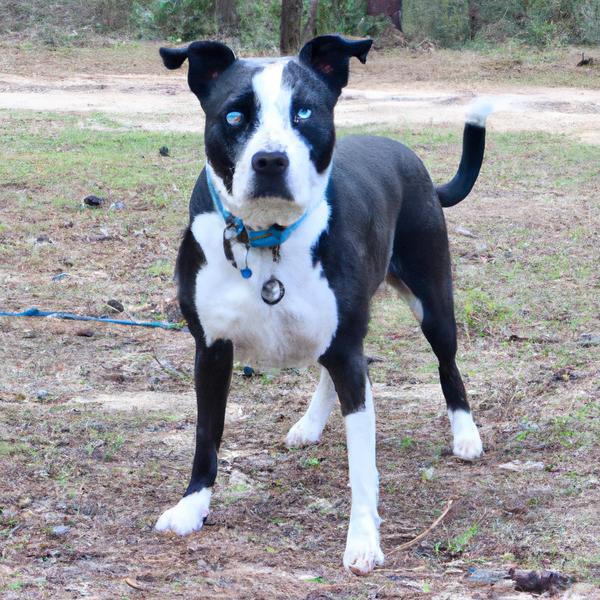
Border Collie Pit
Shethund vs Border Collie Pit
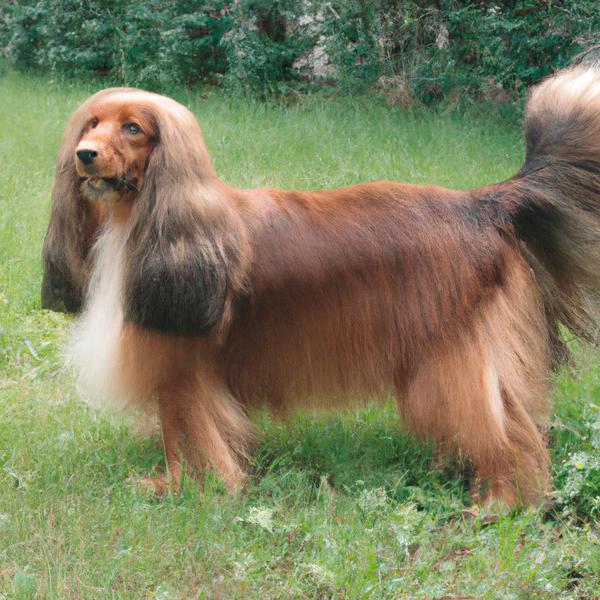
Cocker Sheltie
Shethund vs Cocker Sheltie

Tosa
Shethund vs Tosa
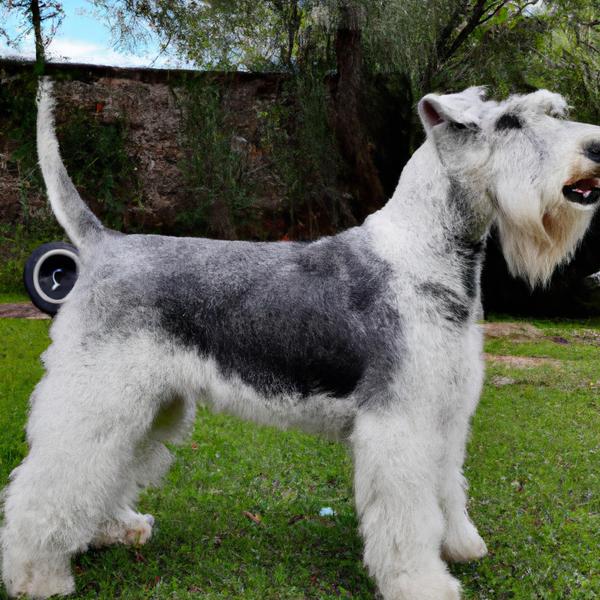
Sealydale Terrier
Shethund vs Sealydale Terrier
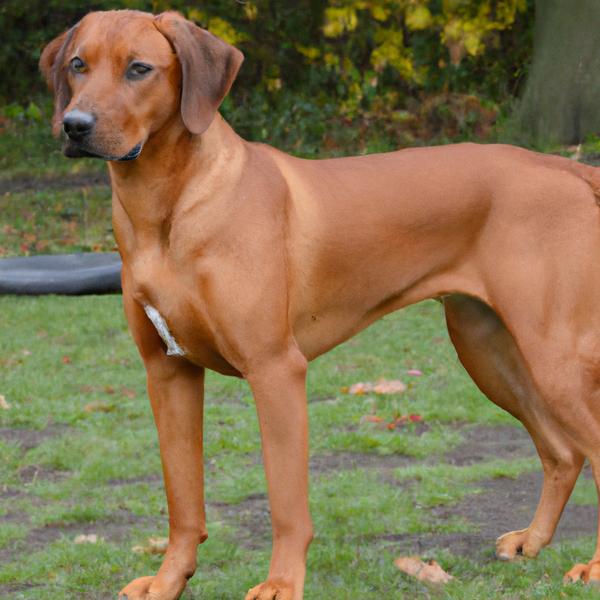
Rhodesian Labrador
Shethund vs Rhodesian Labrador
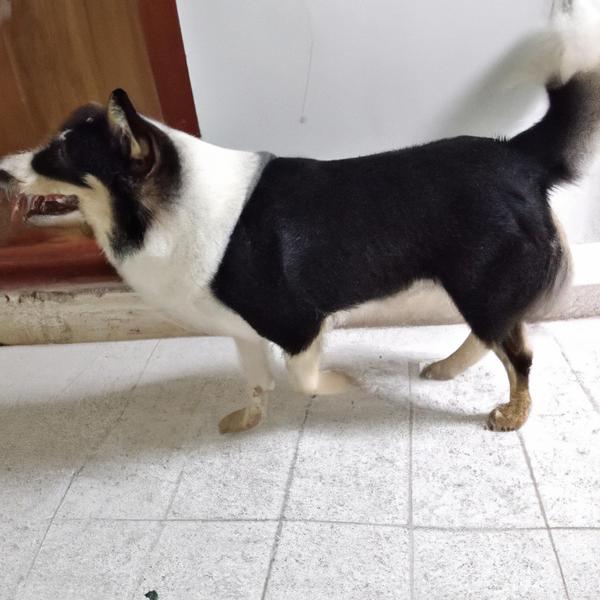
Rashon
Shethund vs Rashon
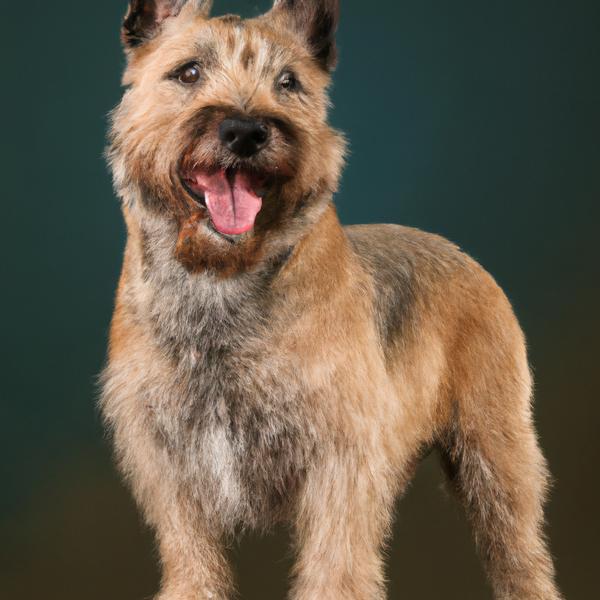
Cairland Terrier
Shethund vs Cairland Terrier

Sammypoo
Shethund vs Sammypoo
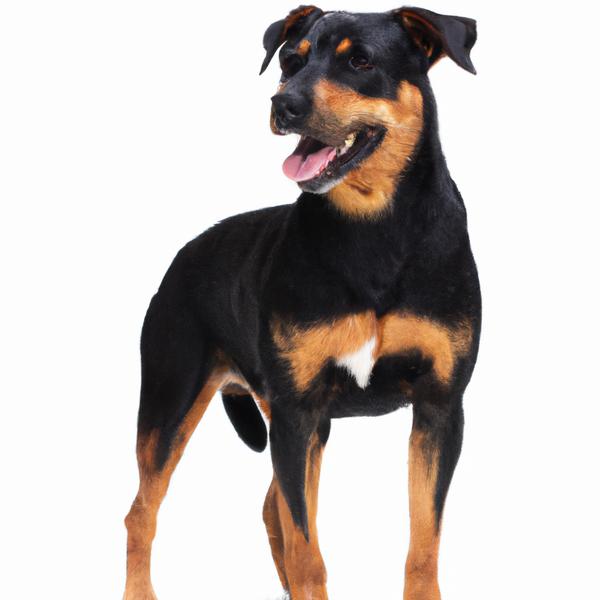
Jackweiler
Shethund vs Jackweiler
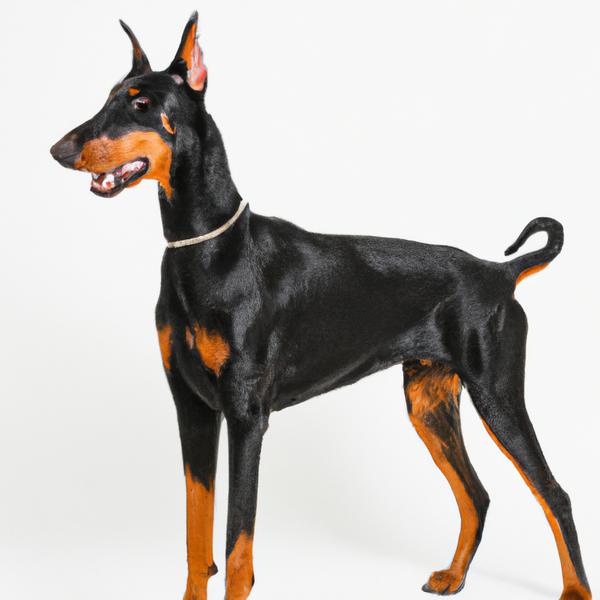
Doberman Collie
Shethund vs Doberman Collie
